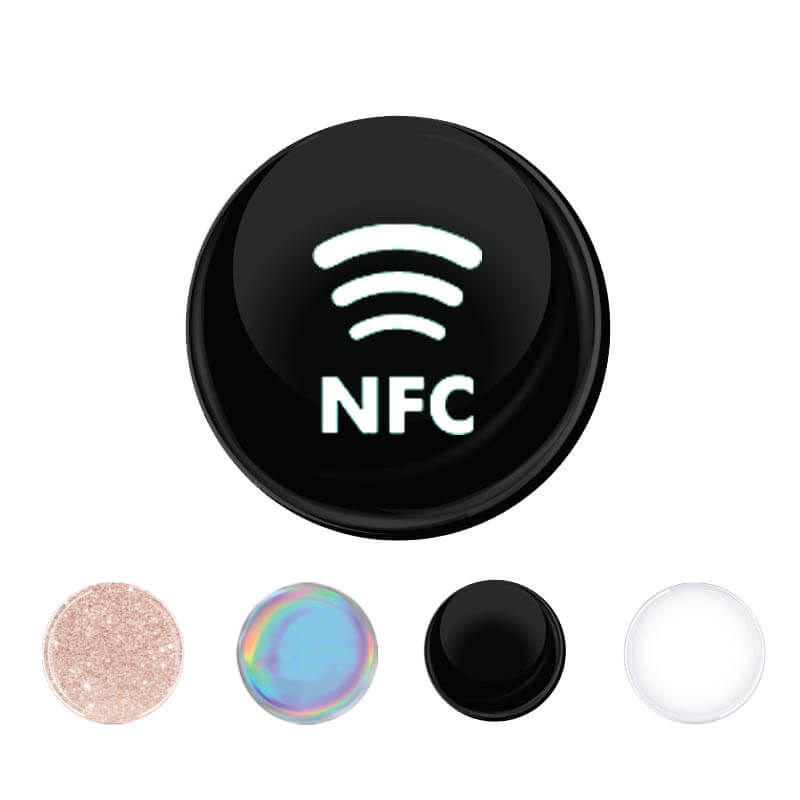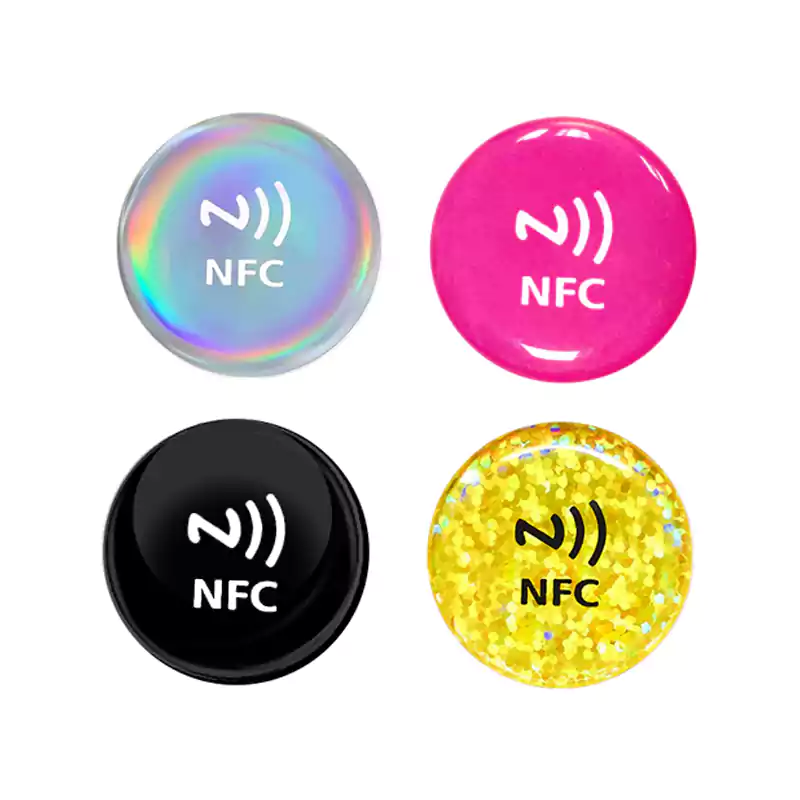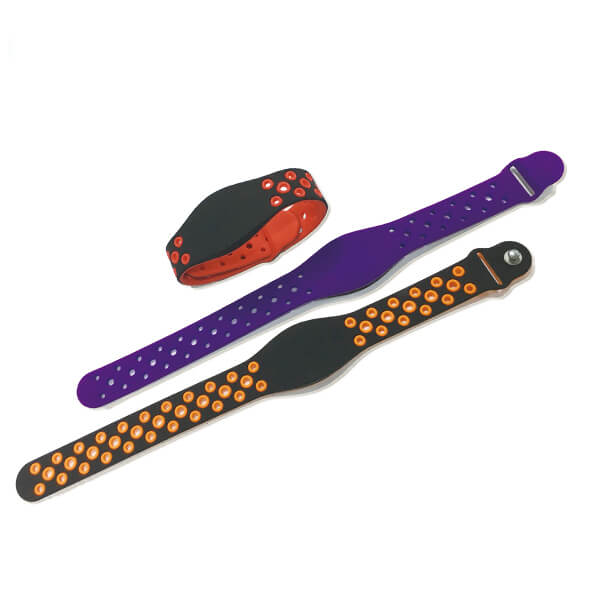Mifare Plus and Mifare Classic are products from the NXP Mifare family. After the security collapse of Mifare Classic, NXP released a new generation of contactless cards to fill the gap, namely Mifare Plus.
All MIFARE cards meet the requirements of the ISO14443A industry standard and, like other contactless cards, use an internal antenna and chip that reacts once the card is within the reader’s magnetic field. All MIFARE cards operate at 13.56MHz and are manufactured by NXP Semiconductors (part of Phillips Electronics).
Benefits of Mifare Plus
The MIFARE Plus product family is a gateway to new smart city applications and a compelling security upgrade to legacy infrastructure. It offers seamless upgrades to existing MIFARE Classic systems, with product-based installation and service at a minimal cost.
To facilitate the migration of existing applications, the Mifare chip retains the memory model of the classic card: the card is structured as a 16-byte array of blocks, which are grouped into sectors of 4 or 16 blocks. Security (and access control) is performed on a per sector basis. Plus’s two benefits are its new security scheme (EAL 4+ authentication), a password-based on a state-of-the-art 128-bit key, and its optional random ID-3, which helps address cardholder privacy concerns.
KYE Features:
- Fully compliant with the international standard ISO/IEC 14443A
- Read/Write distance 10 cm (4 inches)
- Consistent product portfolio and multiple sourcing at all levels of the value chain
- MEMORY: 2K bytes or 4 Kbytes
- UID:4 or 7; with optional support for random UID
- 128-bit AES support
- Common criteria certified at level EAL 4+
- MIFARE PLUS X for many expert commands and MIFARE PLUS S for simple migration
- Higher security upgrade cards
- It could be used in more than 40 different types of applications worldwide
Application
- The automated fare collection system
- Staff ID cards
- Access Control Management
- Contactless/Cashless payment
- Parking payment
- Campus/Student cards
- Loyalty cards
- Tourist cards
- Transport ticketing
- Event ticketing
- Mobile ticketing
- Library cards
- Fuel cards
- Hotel key cards
- Taxi cards
- Product Authentication
- Production control
- Car rental cards
- Car fleet management
- Fuel cards
- Interactive lottery cards
- Social Welfare cards
- Waste Management
Conclusion.
The security requirements are not too high and cost control can choose the Mifare Classic chip, otherwise, it is recommended to choose the Mifare Plus chip, so do you get it?
Any questions or inquiries about RFID cards and RFID related products, please send an email to [email protected], we will reply to you within 24 hours, Thanks.
Related articles:
- A Guide to Buying RFID tags and Equipment.
- 6 Crucial Factors that Affect RFID Read Range – A Detailed Guide
- How to Choose LF EM Series RFID Chip? EM4100? EM4200? OR EM4305?
- MIFARE vs. Proximity Card: A Detailed Comparison
- LF, HF, and UHF Frequency: What’s the Difference?
- How to choose RFID MIFARE chip?
- MIFARE vs. Proximity Card: A Detailed Comparison











